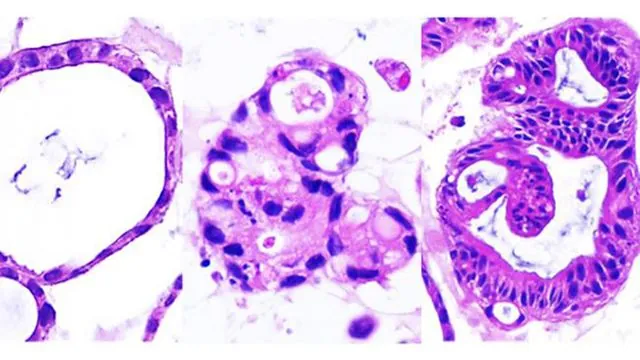
Are We Prepared for the Next Pandemic? Meet the 'Virus Hunters' on the Frontlines!
2024-09-24
A Global Alliance of Virus Hunters
A global alliance of dedicated doctors and laboratories, known as the "virus hunters," is mobilizing to identify emerging viral threats exacerbated by climate change, aiming to prevent the next pandemic from taking hold.
Significant Discoveries
This coalition has already made significant strides—discovering an unusual tick-borne disease in Thailand and a surprising outbreak of the Oropouche virus in Colombia, which is typically transmitted by midges and mosquitoes.
Expert Insights
Dr. Gavin Cloherty, an infectious disease expert and head of the Abbott Pandemic Defense Coalition, emphasizes, “The world of pathogens is ever-changing. The threats we face continuously evolve, as evidenced by our experiences with COVID-19. Therefore, we must stay alert to both familiar adversaries and potential newcomers.”
A Well-Funded Initiative
Gavin leads a dedicated team of researchers and health professionals from various global institutions, all equipped with substantial funding from healthcare giant Abbott. This financial backing enables rapid development of diagnostic tests crucial for early detection of viral threats, which proved to be key during the COVID-19 crisis.
A Record of 13,000 Viral Samples
Since its inception in 2021, the coalition has sequenced around 13,000 viral samples, uncovering new pathogens and elucidating their origins. For instance, their investigation into the recent Oropouche outbreak revealed that the virus had likely migrated from neighboring Peru or Ecuador instead of Brazil, a vital piece of information for public health responses.
The Mysterious Illness in Thailand
In a separate instance in Thailand, the coalition collaborated with local doctors to discover that a mysterious cluster of illnesses was tied to the severe fever with thrombocytopenia syndrome (SFTSV)—a tick-borne virus previously unrecognized in a wider patient population. “We were not equipped with a proper diagnostic framework for SFTSV,” noted Dr. Pakpoom Phoompoung from Siriraj Hospital. This lack of resources has resulted in fewer than ten diagnosed cases prior to this study.
The Impact of Climate Change
The urgency of this work is underscored by the escalating effects of climate change on viral transmissions. Warmer temperatures allow previously limited vectors, like mosquitoes, to invade new territories, while extreme weather events drive people outdoors, increasing exposure to bites.
The Connection Between Climate and Disease
The dangerous connection between climate change and infectious disease is evident. For example, the recent analysis of the SFTSV strain in Thailand suggested that its evolution into a hardier tick species was linked to pesticide use, which diminished the original tick population. In turn, this evolutionary leap has allowed the virus to spread more widely, thanks in part to the adaptive nature of the Asian longhorned tick—essentially acting like a fast-traveling airline.
The Growing Threat
Climate change is no longer a silent backdrop; its influence is apparent in the surge of diseases such as dengue in Latin America and West Nile Virus infections in the United States. Dr. Cloherty warns that the world may be becoming complacent, despite COVID-19 serving as a stark reminder of our vulnerability to infectious outbreaks.
A Call for Vigilance
“Vigilance is key,” he stresses. “An outbreak in one part of the world today could ignite an explosive incident thousands of miles away tomorrow.” With the rising tide of climate change and its biological consequences, it’s clear that the work of the "virus hunters" will be more critical than ever in keeping pandemics at bay.
Conclusion
Stay informed and prepared, because the next pandemic could be lurking closer than you think!



 Brasil (PT)
Brasil (PT)
 Canada (EN)
Canada (EN)
 Chile (ES)
Chile (ES)
 España (ES)
España (ES)
 France (FR)
France (FR)
 Hong Kong (EN)
Hong Kong (EN)
 Italia (IT)
Italia (IT)
 日本 (JA)
日本 (JA)
 Magyarország (HU)
Magyarország (HU)
 Norge (NO)
Norge (NO)
 Polska (PL)
Polska (PL)
 Schweiz (DE)
Schweiz (DE)
 Singapore (EN)
Singapore (EN)
 Sverige (SV)
Sverige (SV)
 Suomi (FI)
Suomi (FI)
 Türkiye (TR)
Türkiye (TR)